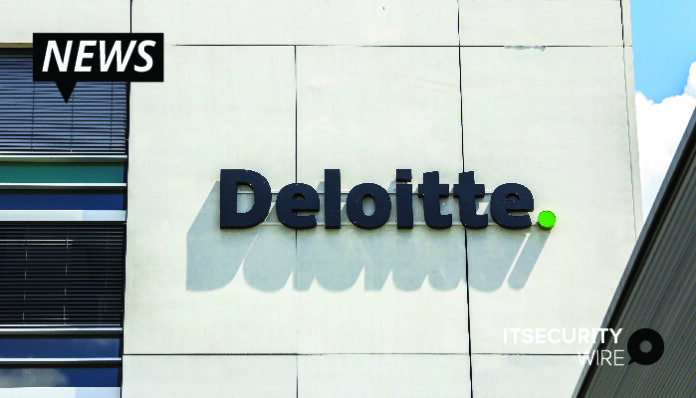To help organizations adopt zero trust more quickly and efficiently, Deloitte is launching a new managed service – Zero Trust Access— that offers a cloud-native approach to securing communications between users, on any device, and enterprise applications, wherever they may reside.
The Zero Trust concept commits to removing implicit trust within an information technology (IT) ecosystem and replacing it with a risk-based approach to accessing organizational resources across identities, workloads, data, networks and devices. This trend is gaining momentum, given legacy approaches to security architecture are no longer suitable to secure the ubiquitous nature of the modern enterprise.
Part of the newly expanded Zero Trust by Deloitte, Zero Trust Access facilitates zero trust adoption and the evolving needs of organizations in protecting their applications, infrastructure, and data. Following the integration of recently acquired talent and technology into existing Deloitte services, the Zero Trust Access managed service connects users to applications through a frictionless cloud-native solution that is inherently scalable, resilient, agile, and secure. Further, the managed service is available standalone, integrated with other Deloitte offerings, or as part of a broader solution leveraging technologies from Deloitte’s alliances ecosystem.
“As perimeter-based approaches are no longer suitable to secure the modern enterprise, many organizations are working to enhance protection for their IT ecosystems via zero trust,” said Andrew Rafla, Deloitte Risk & Financial Advisory’s zero trust offering leader and principal, Deloitte & Touche LLP. “Zero Trust Access was built as a turnkey managed service helping ourselves and our clients accelerate adoption of this transformative security framework. Our goal was to create a cost-effective solution that can be delivered standalone or complementary to a broader ecosystem and ultimately help decrease the burden on IT and security teams who likely need to manage multiple heterogenous solutions to achieve similar outcomes.”
Also Read: Why Security Leaders Must Prioritize Cloud-Native Application Protection Platforms
With innovative data protection leveraging device-level secure microcontainer technology, Zero Trust Access helps protect infrastructure while also enabling organizations to protect sensitive enterprise data and enforce least privilege through dynamic access control to enterprise assets. The managed service can replace remote access solutions inclusive of virtual private network (VPN), virtual desktop infrastructure (VDI), and desktop as a service (DaaS), all of which typically require significant capital expenditure for infrastructure, high operating costs, and technology management overhead.
Zero Trust Access includes features such as ephemeral connectivity built upon secure peer-to-peer (P2P) communication, conditional access and continuous authorization, as well as robust data protection for data at-rest, in-use, and in-transit are consistently applied to each session, regardless of the type or location of the applications being accessed (e.g., legacy hosted applications, software as a service (SaaS), thick-client, web-based applications). Implementation of Zero Trust Access can help organizations leverage outcome-based solutions that improve business agility, enhance user productivity, and reduce cost and complexity of security operations.
“Beginning zero trust adoption isn’t simple, fast or easy for most organizations,” Deborah Golden, Deloitte Risk & Financial Advisory Cyber and Strategic Risk leader and principal, Deloitte & Touche LLP. “We’re launching Zero Trust Access as the first in many adoption-enabling services and solutions to come, so that our clients are better able to modernize their security programs, enable agile operations and confidently advance with emerging technologies and transformative risk management principles that can build more resilient security practices.”
For more such updates follow us on Google News ITsecuritywire News









